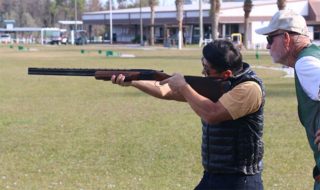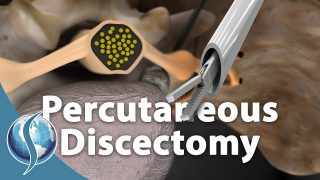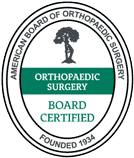Prolotherapy and Spine Pain
As a Spine Specialist, there are times when our traditional treatments just have not been beneficial. In my opinion, as a surgeon, the patients with the very large disk herniations, and with the corresponding physical complaints and findings are the easiest to treat. Epidural steriod injections are often beneficial. For these patients, surgical management is a reasonable option for those who do not improve with medications, time, therapy, or injections.
The reality is most patients do not have those large disk herniations that are so predictable in their effects, as well as recoveries.
Most people have back and neck pain from wear and tear of the disks, ligaments, tendons and muscles. In the spine, there are many areas where these various parts can be an issue. That is why it is so difficult to treat some of these chronic, or intermittent neck and back complaints.
Assuming there is no dangerous cause of pain (such as a tumor, infection, fracture, etc), and the traditional treatments such as anti-inflammatory medications, physical therapy, cortisone shots and stretching do not work, patients often turn to so called alternative, or complementary medical treatments.
One of these treatments is Prolotherapy.
Prolotherapy has been practiced since the 1930’s, and the concept is contrary to most treatments that are designed to decrease inflammation. The treatment is based on the concept of proliferation of tissues. The theory is an inflammation effect will cause thickening, and strengthening of weakened tissues, thereby stabilizing the structure. Conceptually, the effect appears to make sense. Many scientists attribute excessive stretching of ligaments, tendons, and muscles as the source of some of the pains in the spine. While it may be a challenge to identify all the ligaments, and structures that are stretched, if we can treat those structures, theoretically, we should be able to help reduce the instability caused by the stretched tissues. We can stabilize the spine, and reduce the pain.
Unfortunately, the scientific data on Prolotherapy is controversial. Yet, there are plenty of patients who feel great benefit from the procedure. If you are interested in the procedure, understand that it usually takes multiple needle injections over several months to see if there is a benefit. Most insurance plans consider the procedure experiment, and will not authorize the procedure (you must self fund the procedure). You must avoid the use of anti-inflammation drugs after the procedure, as it will negate the intended effect. There is a chance the procedure may not work. If you understand all this, and would still like to pursue the treatment, please discuss the option with your physician. While we cannot say definitively that it will help you, we are willing to try the procedure if we can identify a ligament, tendon, or tissue that may benefit from the procedure.
Last modified: January 5, 2018










